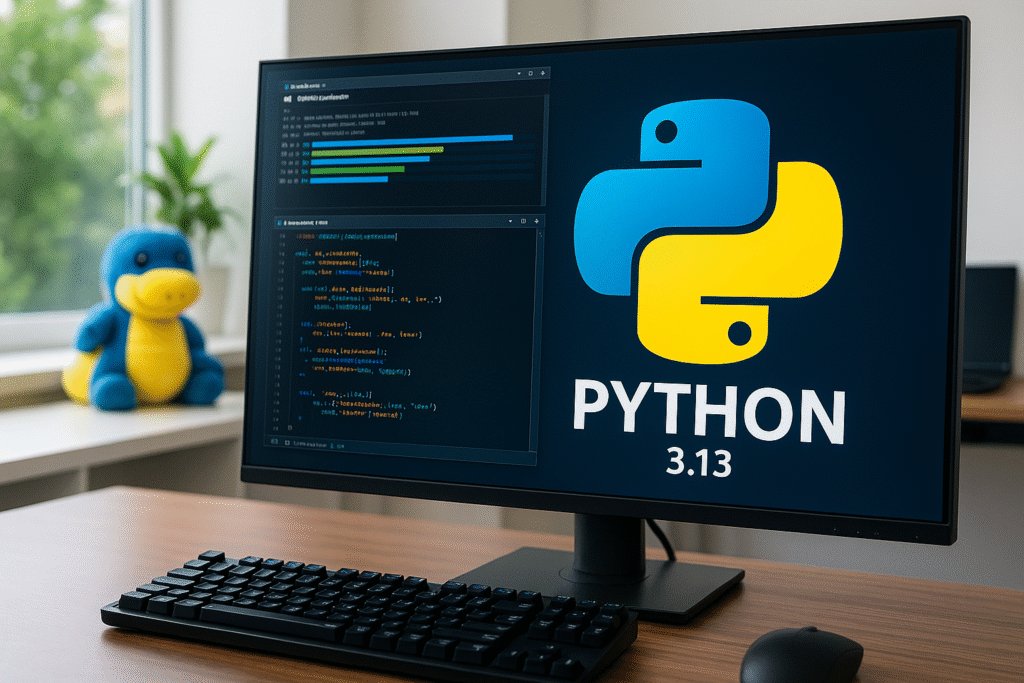July 2, 2025, Amsterdam The Python Software Foundation has officially released Python 3.13, marking one of the most significant updates to the language in years. The new version introduces built-in Just-In-Time (JIT) compilation, a streamlined syntax parser, and enhanced runtime performance improvements that could boost execution speed by up to 30 percent in many use cases.
Key Features in Python 3.13
- PEP 703: Optional JIT Compilation allows dynamic code acceleration via a new ‘no-GIL’ interpreter mode
- Improved error messages with clearer tracebacks and variable hints
- Reduced memory usage across core structures like dict and list
- New debugging flags for finer-grained memory and thread analysis
“We’ve made Python faster, smarter, and easier to debug without sacrificing its simplicity,” said Pablo Galindo, one of the core developers and release managers of 3.13.
Performance Benchmarks
According to benchmark tests shared by the Python Performance team, Python 3.13 runs standard data processing workloads approximately 20 to 30 percent faster than Python 3.11, thanks in large part to the adaptive interpreter and new JIT integration.
These results were confirmed by third-party frameworks including Django, FastAPI, and NumPy in early access tests during Q2 2025.
Industry Response
Tech companies have welcomed the update. GitHub Copilot and VSCode extensions were updated to support Python 3.13 syntax on release day. Data science platforms like Anaconda and Kaggle have announced compatibility updates scheduled for the end of the week.
“Python 3.13 reduces performance bottlenecks we used to work around,” said Lina Zhao, senior backend engineer at Stripe. “It brings Python closer to Go or Rust levels of execution efficiency, at least for many web and data tasks.”
Migration and Compatibility
Python 3.13 maintains full backward compatibility with most Python 3.10+ codebases. However, the new interpreter architecture may require updates to low-level C extensions, particularly in machine learning libraries or legacy APIs.
The official Python docs recommend testing in virtual environments before production deployment.




